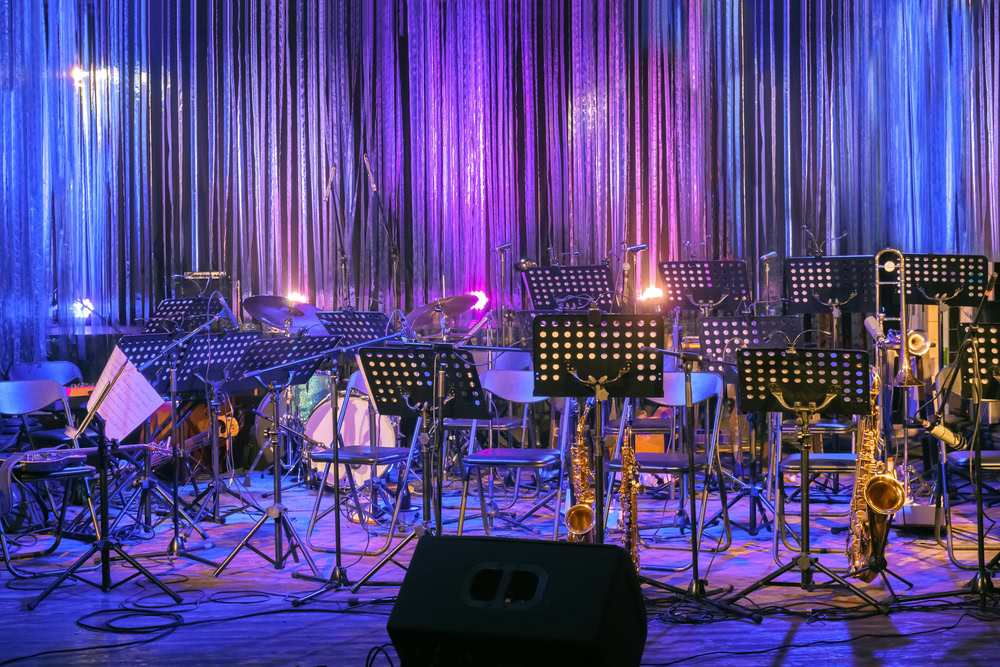Sonoritads revoluziunaras
In project dal Fond naziunal svizzer per la perscrutaziun scientifica prenda sut la marella ils tuns e la musica en Svizra suenter l'onn 1789.
Guerras and violence have traversed the continent since the French Revolution and with it the new ideas of freedom and equality. In Switzerland there were turbulences that finally provoked the Swiss Revolution of 1798 with French support. The Swiss Republic, which existed until 1803, transformed the federal confederation into a unitary state. These turbulent events have given rise to a wealth of sonorities and musicals: chanzuns and compositions, personal descriptions and official protocols for numbering mo in pèr. In project finanzià dal Fond naziunal svizzer, realisà da l'autur da questa contribuziun, ha la finamira da persequitar questas funtaunas. At the center is the interaction between the dimension of sound and the political and social events of the time. The term "soundscape" is used to describe the sonic and musical activities and the interactions between the various actors.
Chanzuns e imnis
In 1792, the first war between the armada of the French Revolution and its adversaries, especially Austria, came to an end. Surtut al cunfin da Basilea èn las armadas stadas confruntadas plirs onns a las duas rivas dal Rain. The Swiss Confederation has taken on a contingent of debtors from the cantons to observe and defend the canton in the event of an emergency. In this context, a collection of reminiscences of chansons in the former Swiss Confederation was created, which covered the arrival of the troops, the arrival in Basel, the rise of the defenders of the patriotic cause, and the end of the war. In repertori divers da melodias, che ston esser stadas enconuschentas a blers, furmava la basa musicala da quellas chanzuns. The most impressive of these was the original Kaplied by Daniel Schubart (1787), which was composed for the payment of debts from Germany to Africa. Towards the end of 1797, the "reschim vegl" was crowned in Basel and progressive politicians such as Peter Ochs (1752-1821) brought about a new revolution which, among other things, gave the rural population as well as the city dwellers the same rights. The festivities of the revolutionary sezzas were once stadas eveniments sonors, nua che che tuns da chanun, chanzuns da libertad e suns dal zain èn stads ina soundscape imposanta. With the intention of maintaining neutrality, there have been songs by French revolutionaries such as the Marseillaise. They sang it in the square of the cathedral with a suitable text.
La Republica Helvetica
In the early days of 1798, the rain was carried out in other cantons, in some cases under military pressure from the French. Musical life was suspended in many places - the hall of the Collegium Musicum in Winterthur, for example, served as a concert hall for French officers for a time. The new Swiss Republic, controlled for the most part by the Swiss in the West, held a series of rituals and festivities in which music, song and dance played an important role. Among the rituals was the dedication of the new republic that the people had been forced to perform during the city of 1798; in part with vehement resistance, brutally suppressed. Il tun e la musica han giugà ina gronda rolla tar questas inscenaziuns. Musica d'orchester sa maschadada cun tuns da tamburs e cun il chor da las vuschs - l'udida è stada in med per crear il citadin helvetic. Chanzuns per this chaschun sco "Neues Freyheitslied, zu singen bey der Feyerlichkeit der Bürgereidleistung des Kantons Zürich", sin la melodia dal Ça ira, èn stadas manifestaziuns da las novas relaziuns da pussanza.








